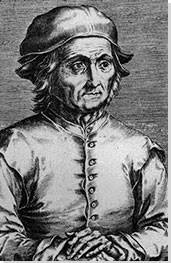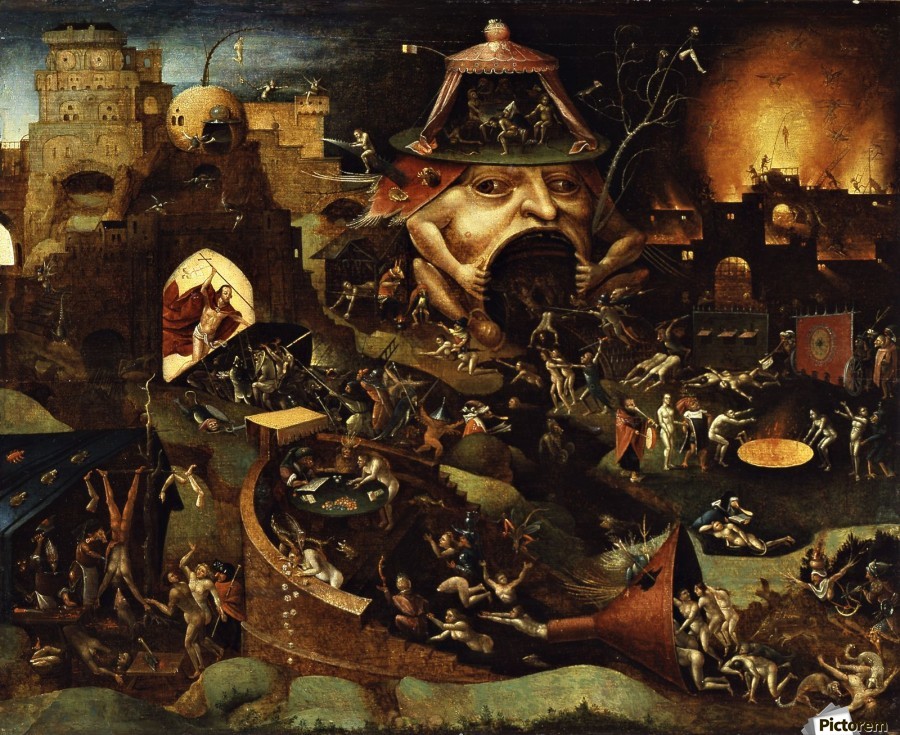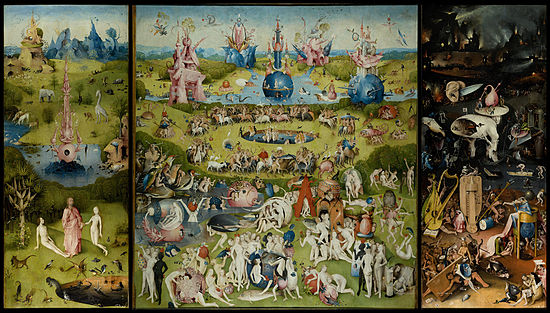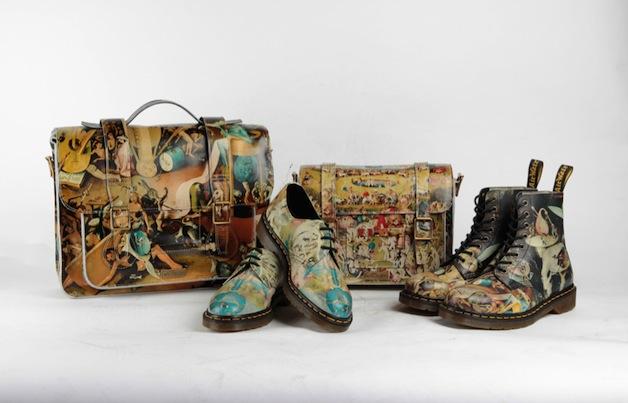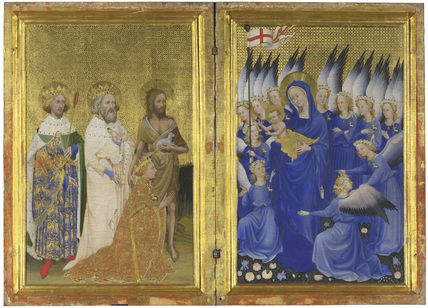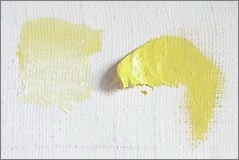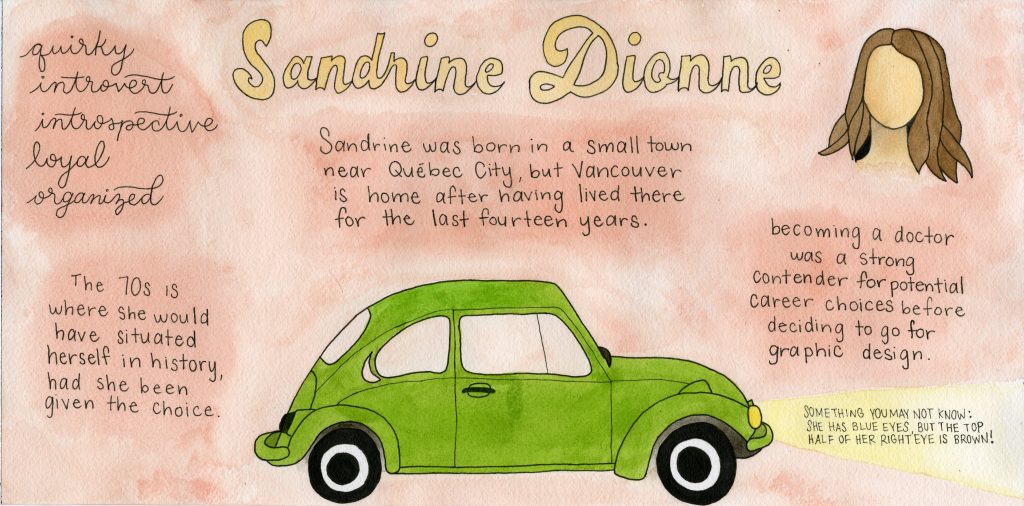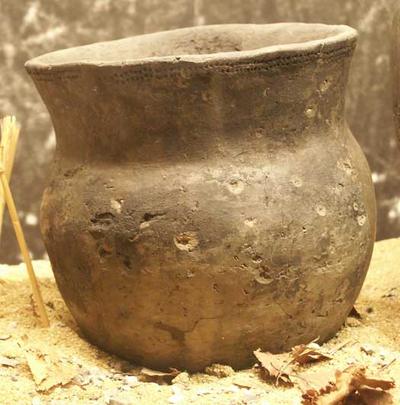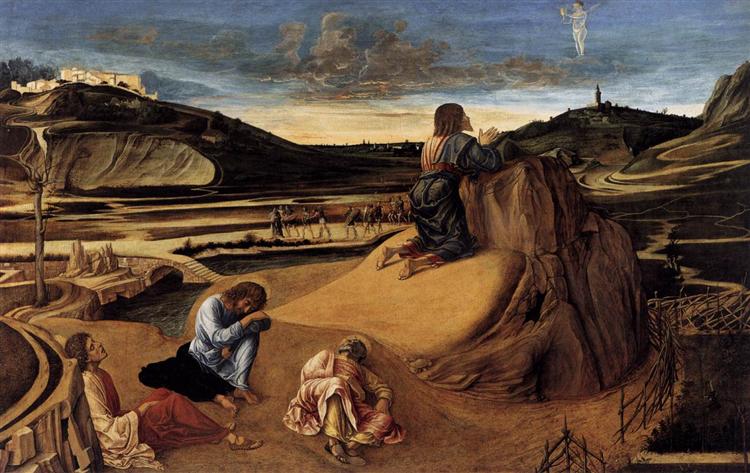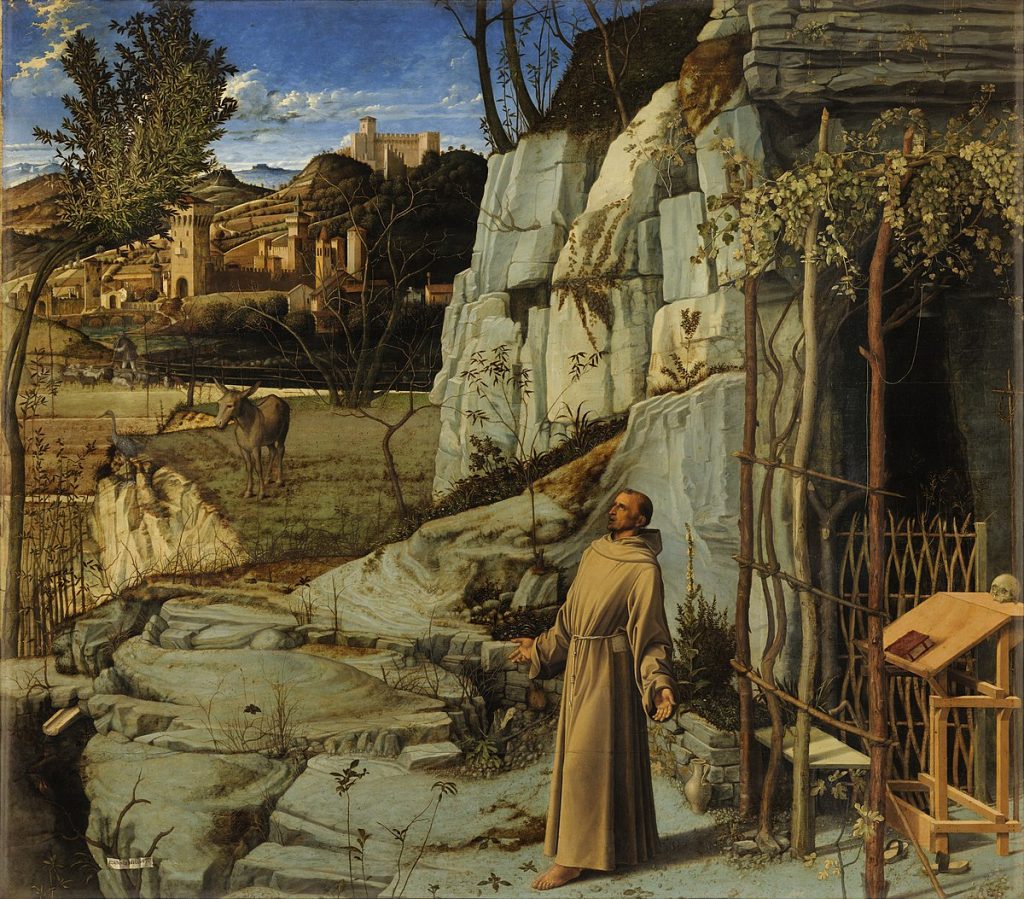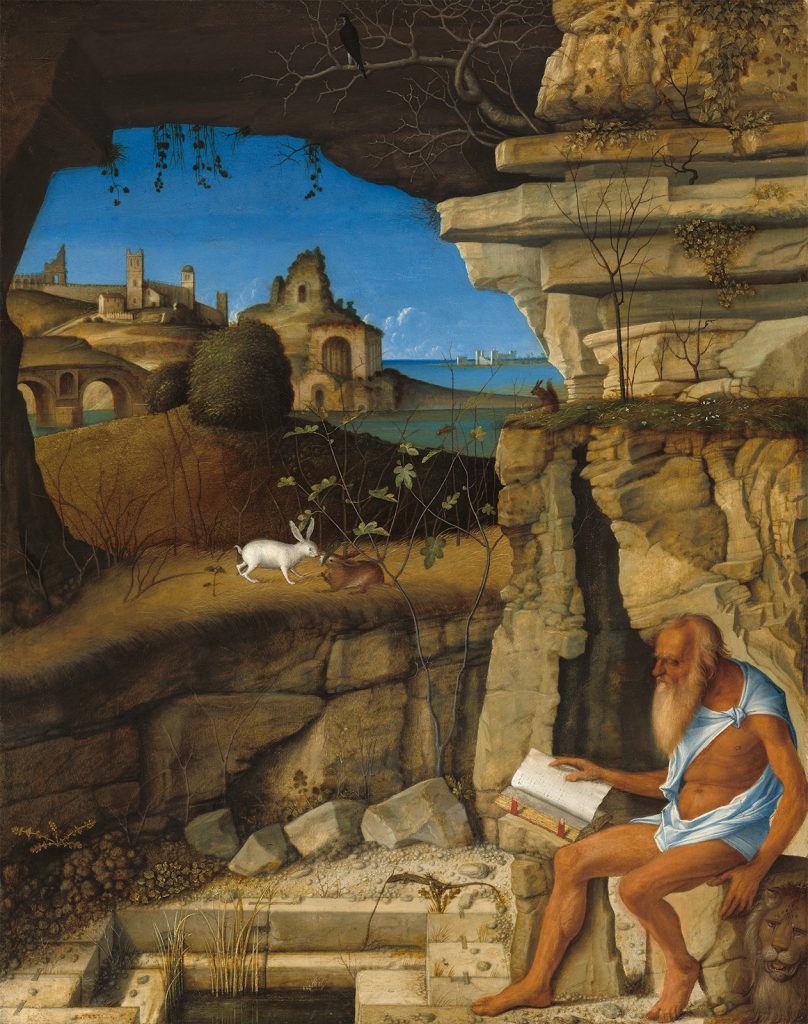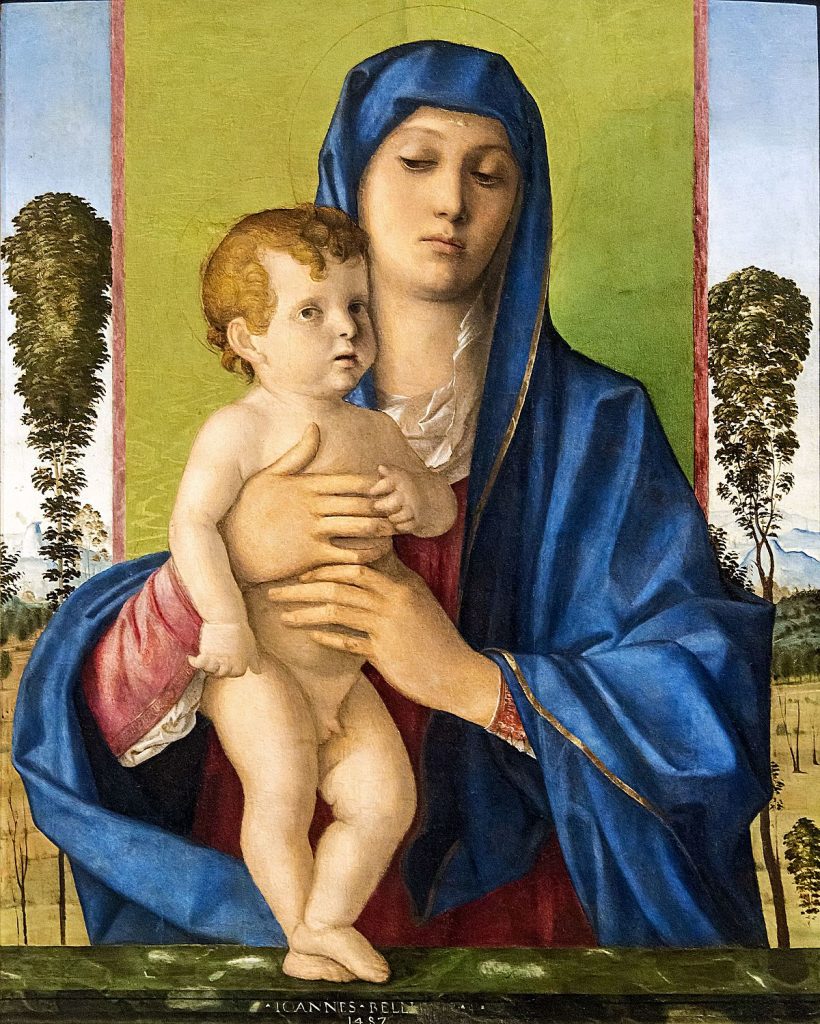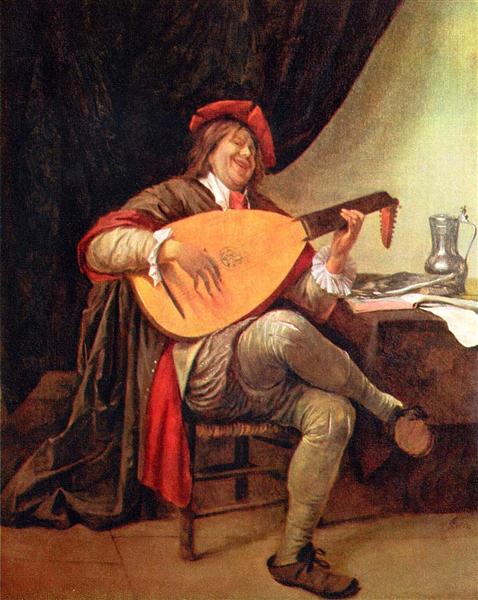
Jan Steen was a Dutch painter who created about 800 pieces, 350 or so of them surviving today. He was a busy man. He painted various types of pieces including portraits, religious and historical scenes, but he was most well known for his genre paintings. Genre paintings simply portray everyday life. His paintings are said to portray a realistic image of 17th-century Dutch life.
His genre paintings are known for being chaotic. There is even a dutch expression inspired by him, “a Jan Steen household,” meaning a messy and chaotic house.
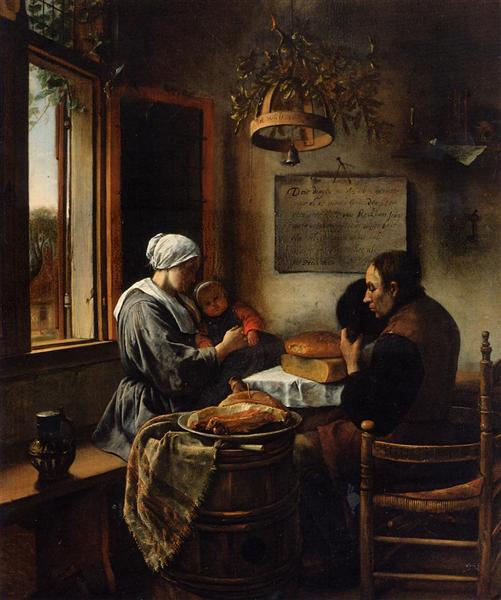
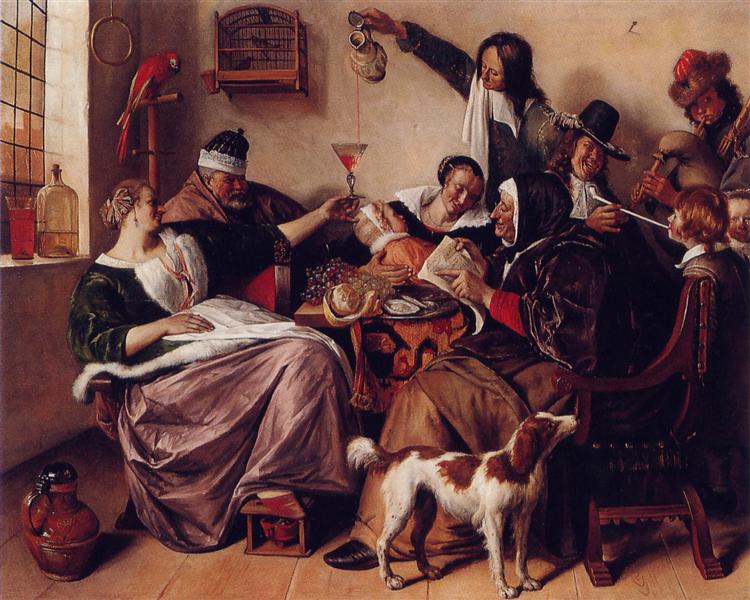

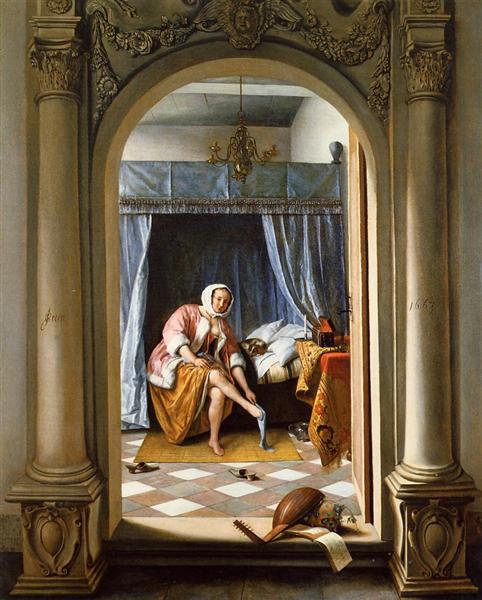
The son of a brewer, Jan Steen painting quite a few inns, and in order to make some extra income on the side, he opened a brewery and a tavern himself.
As well as the various other topics he was inspired by and liked to portray, he was heavily influenced by the world of theatre. Many of his pieces are quite theatrical in nature.
I personally really enjoy the chaotic and real nature of his pieces, as well as his sense of humour that is evident in many of his paintings.
Sources
https://en.wikipedia.org/wiki/Jan_Steen
https://www.britannica.com/biography/Jan-Havickszoon-Steen
https://www.rijksmuseum.nl/en/rijksstudio/artists/jan-havicksz-steen
http://www.getty.edu/art/collection/artists/181/jan-steen-dutch-1626-1679/
https://www.holland.com/global/tourism/discover-holland/traditional/dutch-masters/jan-steen-12.htm
